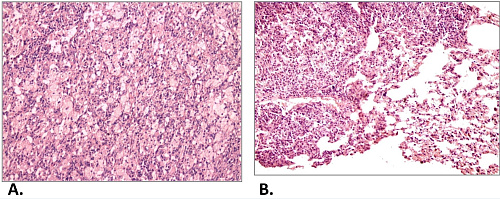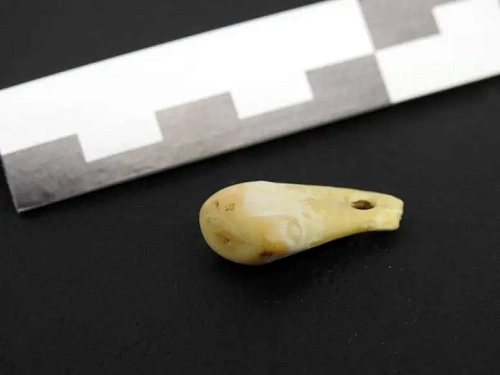
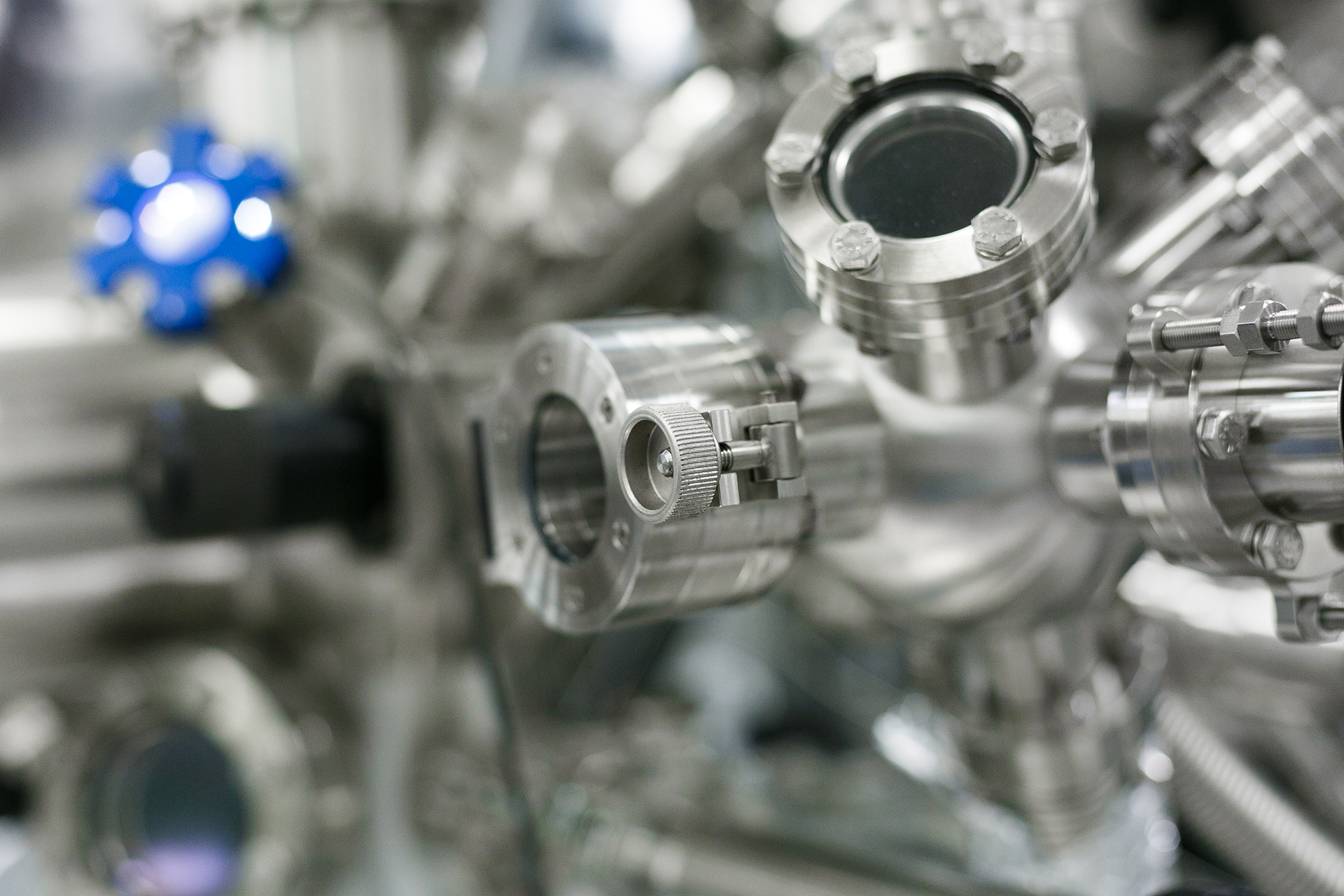
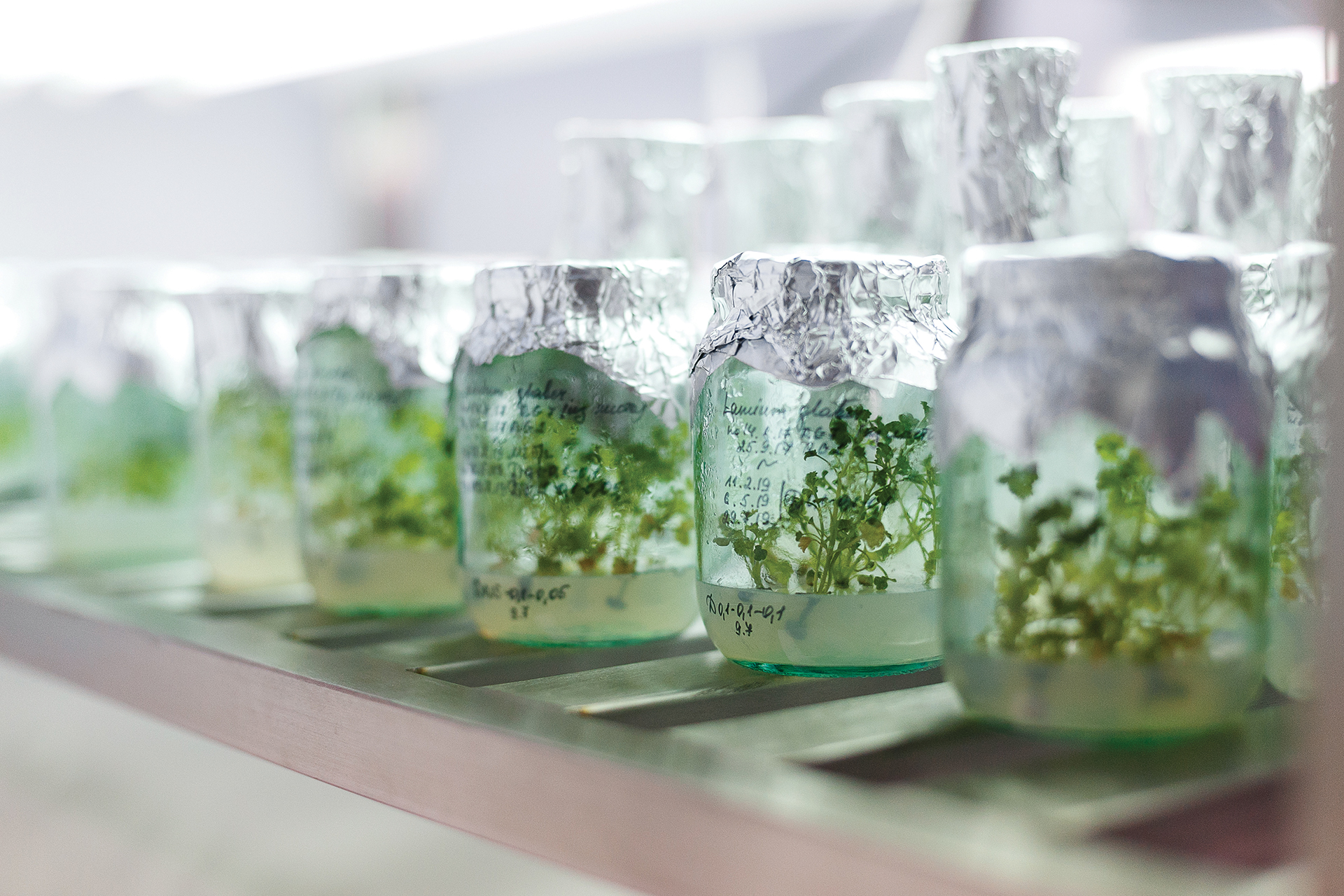
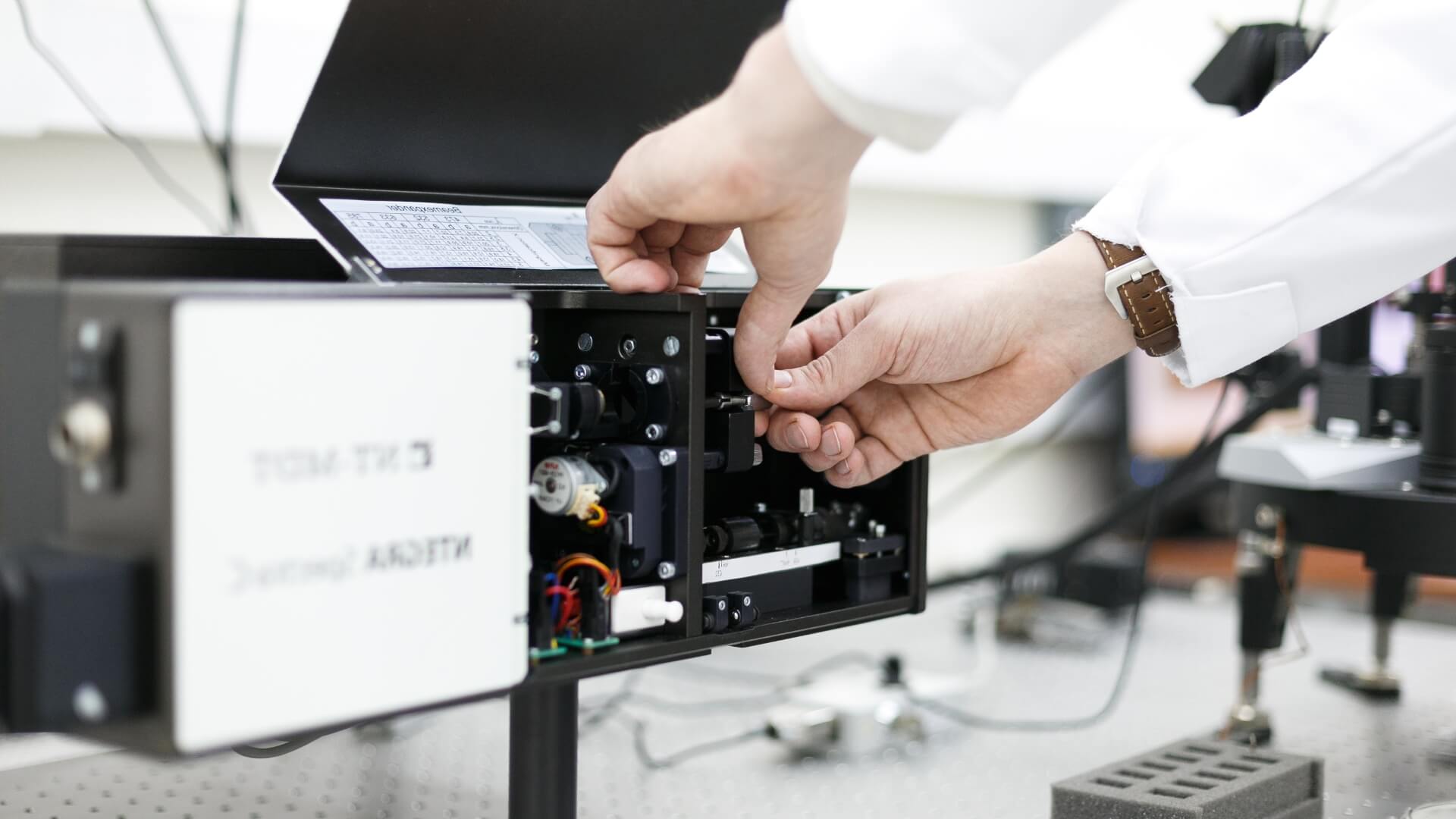

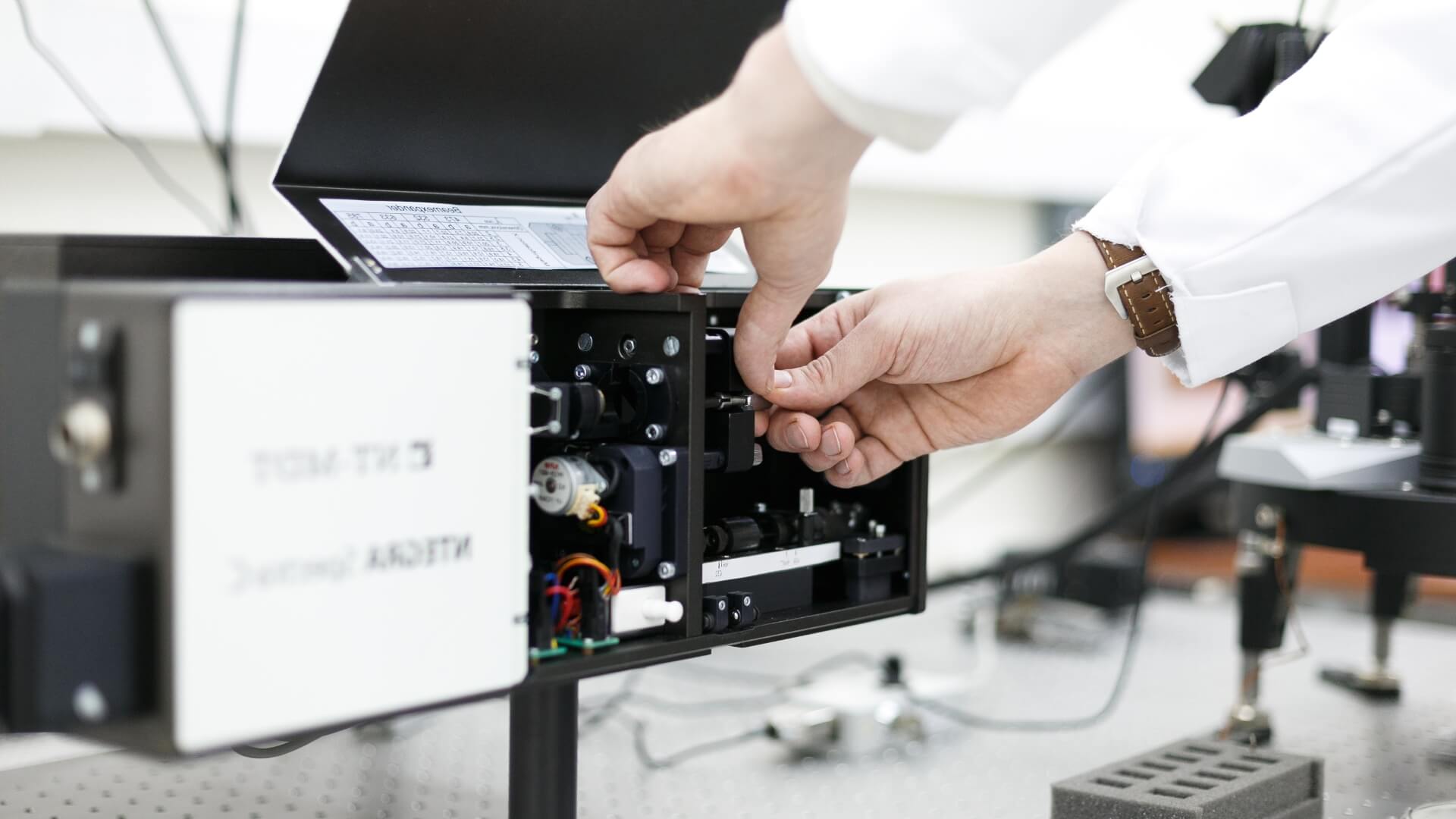


Ice not only affects an aircraft's aerodynamic performance but can also disrupt the operation of its engines and control devices, so particular attention should be given to de-icing. While on the ground, the aircraft is sprayed with anti-icing fluids that form a protective film on the surface so that atmospheric moisture does not freeze on the fuselage. However, this provides short-term protection only, because the fluid quickly flows off during takeoff and acceleration.
The anti-icing systems used in flight include heaters and inflatable protectors. Aircraft manufacturers and scientists work together on enhancing their efficiency by using water-repellent hydrophobic coatings that reduce surface wettability and ice adhesion. However, recent research by Canadian scientists has shown that this approach might prevent the anti-icing fluid from forming a protective film.
Researchers at Skoltech decided to check whether the surface wettability of aluminum used in the aircraft skin actually affects the performance of anti-icing fluids. In its experiment, the team created a freezing rain environment and saw ice form on superhydrophilic plates where fluids flow easily and hydrophobic aluminum plates treated with anti-icing fluids.
In contrast to the findings of the Canadian researchers, the Skoltech team discovered that plate wettability had no impact whatsoever on the performance of anti-icing fluids. The Russian scientists assume that their unexpected findings may have to do with the surface tension and viscosity of anti-icing fluids. A further factor to be taken into account by future research is surface roughness: Rough surfaces take longer to accumulate ice. In addition, the Skoltech study showed that the accumulation of liquid in the surface texture reduces the water-repellent properties of hydrophobic coatings.
"We think smooth hydrophobic coatings are better than rough superhydrophobic coatings when it comes to treatment with anti-icing fluids," Viktor Grishaev, Ph.D., a senior research scientist at Skoltech and RSF grant project manager, commented.
